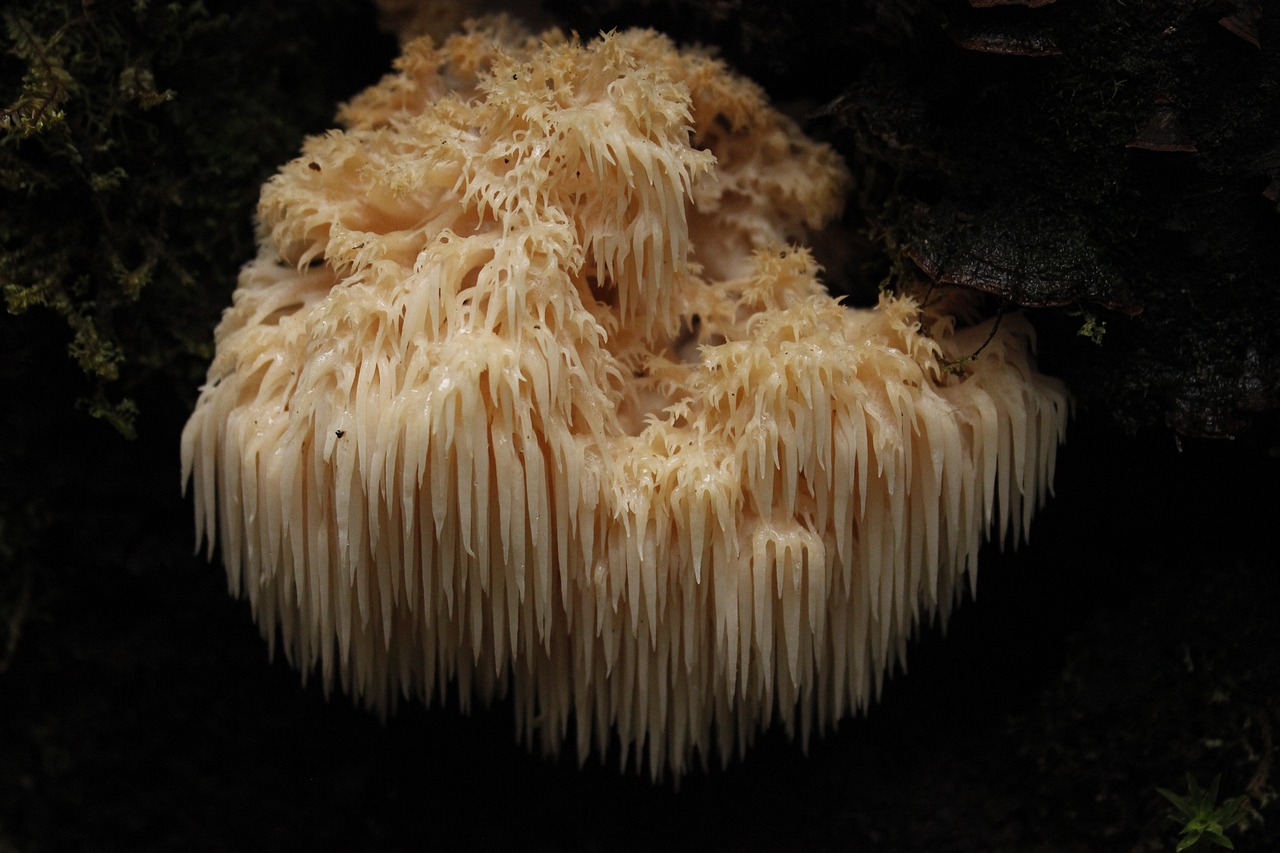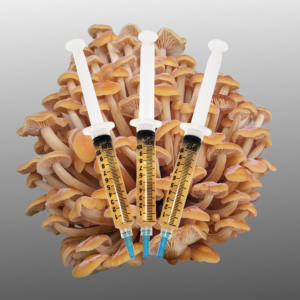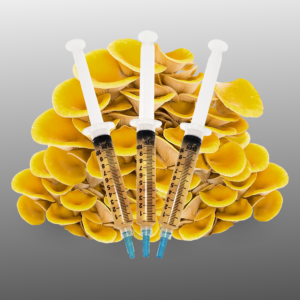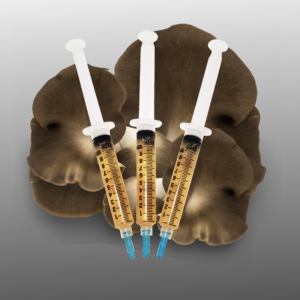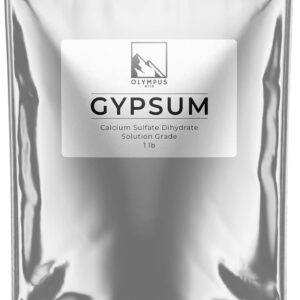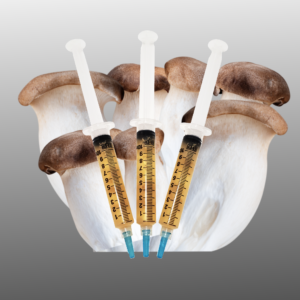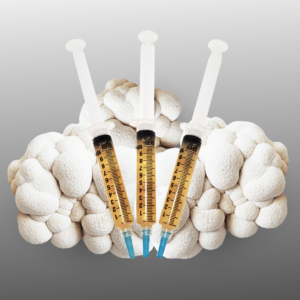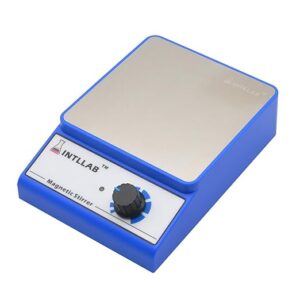Lion’s Mane mushrooms, recognized for their distinctive appearance and delicious taste, are also celebrated for their impressive array of health benefits, particularly in supporting brain health. These mushrooms are rich in compounds called hericenones and erinacines, which have been linked to enhanced cognitive function and neurological well-being.
Lion’s Mane is considered a “brain booster” due to its potential to stimulate the growth of nerve cells, enhance memory and concentration, and even aid in the recovery from nerve injuries. This makes Lion’s Mane a valuable ally for individuals seeking to support their cognitive abilities and maintain neurological health.
Incorporating Lion’s Mane into your diet, whether through culinary dishes or supplements, can be a flavorful and beneficial choice to nurture your brain’s vitality and bolster your cognitive and neurological well-being.
Lion’s Mane mushrooms, scientifically known as Hericium erinaceus, grow in the wild on hardwood trees, particularly oak, beech, and maple. Here’s a simplified explanation of how Lion’s Mane mushrooms grow in their natural habitat:
- Wood Colonization: Lion’s Mane mycelium, the vegetative part of the fungus, colonizes the dead or decaying wood of hardwood trees. The mycelium consists of thread-like structures that break down the wood’s cellulose and feed on the decaying organic matter.
- Fruiting Body Formation: When environmental conditions are favorable, such as adequate moisture and temperature, Lion’s Mane mushrooms form their fruiting bodies. These fruiting bodies emerge from the wood and become the part of the mushroom that we harvest and eat. Lion’s Mane mushrooms are distinct for their shaggy, white appearance, resembling a cascading waterfall of icicles.
- Spore Dispersal: Once the Lion’s Mane fruiting bodies mature, they release spores into the surrounding environment. These spores can be carried by the wind or other means to potentially colonize other suitable hardwood trees in the vicinity.
Cultivating Lion’s Mane mushrooms in the wild helps with the decomposition of dead wood, recycling nutrients in the forest, and contributing to the health of the ecosystem. In addition to their ecological role, Lion’s Mane mushrooms are highly regarded for their culinary and potential medicinal uses.
Cultivating Lion’s Mane mushrooms at home is a rewarding endeavor that allows you to enjoy their unique taste and potential health benefits. Here’s a basic guide on how to grow Lion’s Mane mushrooms:
Materials You’ll Need:
- Lion’s Mane mushroom spores or culture.
- Growing substrate (usually hardwood sawdust, bran, or straw).
- Sterile bags or containers for the substrate.
- A temperature-controlled space (around 70-75°F or 21-24°C).
- A clean and sterile work environment.
- A misting bottle for humidity maintenance.
Step-by-Step Guide:
- Prepare the Substrate:
- Mix the growing substrate components (sawdust, bran, or straw) and sterilize the mixture to eliminate contaminants. Pasteurization, heating to around 160-180°F (71-82°C) for an hour, is usually sufficient.
- Inoculate the Substrate:
- In a clean and sterile environment, introduce Lion’s Mane mushroom spores or culture into the sterilized substrate. This can be done using a syringe or by adding a small piece of culture to each bag or container.
- Incubation Period:
- Seal the bags or containers and place them in a temperature-controlled space, typically between 70-75°F (21-24°C). During this phase, the mycelium will colonize the substrate, which may take several weeks.
- Misting and Humidity:
- Maintain high humidity (above 90%) by misting the bags or containers regularly. Lion’s Mane mushrooms thrive in a humid environment.
- Fruiting Conditions:
- Once the mycelium has fully colonized the substrate, expose the bags or containers to indirect light. This stimulates the formation of Lion’s Mane mushrooms. Maintain the appropriate temperature and humidity levels for optimal fruiting.
- Harvest the Mushrooms:
- As Lion’s Mane mushrooms mature, harvest them by gently twisting or cutting them from the substrate. Fresh Lion’s Mane mushrooms have a unique taste and texture that can enhance various culinary dishes.
Cultivating Lion’s Mane mushrooms at home is a fulfilling experience that provides you with a fresh supply of these delectable fungi, known for their delicate flavor and medicinal potential. Proper temperature and humidity control, as well as maintaining a clean environment, are key to a successful harvest.
-
Golden Enoki Liquid Culture
-
Golden Oyster Liquid Culture
-
Grey Oyster Liquid Culture
-
Gypsum Powder for Mushroom Substrate (1 lb)
-
King Oyster Liquid Culture
-
Lion’s Mane Liquid Culture
-
Magnetic Stirrer/Mixer w/stir bar (No Heat) Stirring Capacity: 3000ml
-
Media Storage Bottle – Borosilicate Glass – (500ml – 2pcs)
-
Medical Nitrile Exam Gloves, Latex-Free & Powder-Free Non-Sterile Food Safe Cleaning Disposable Glove, 100 Pcs

